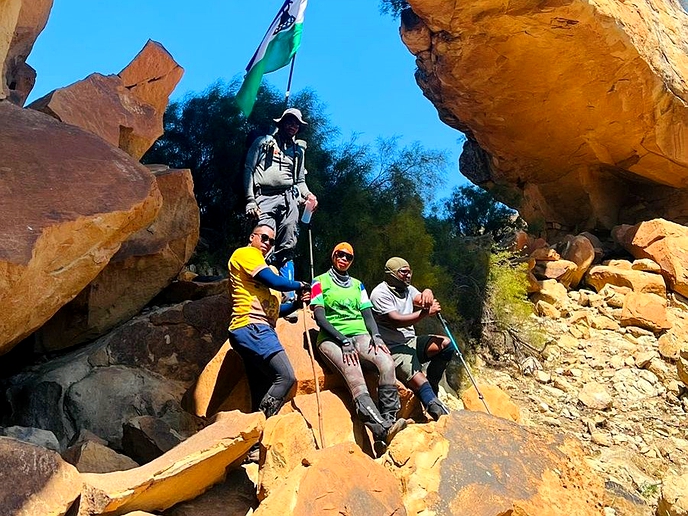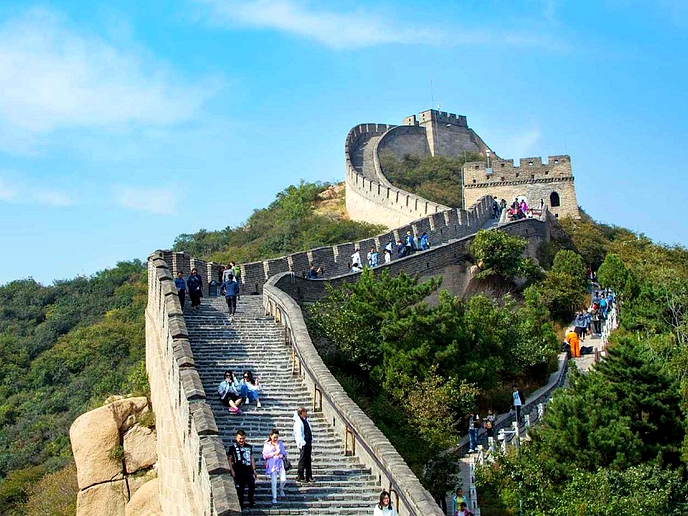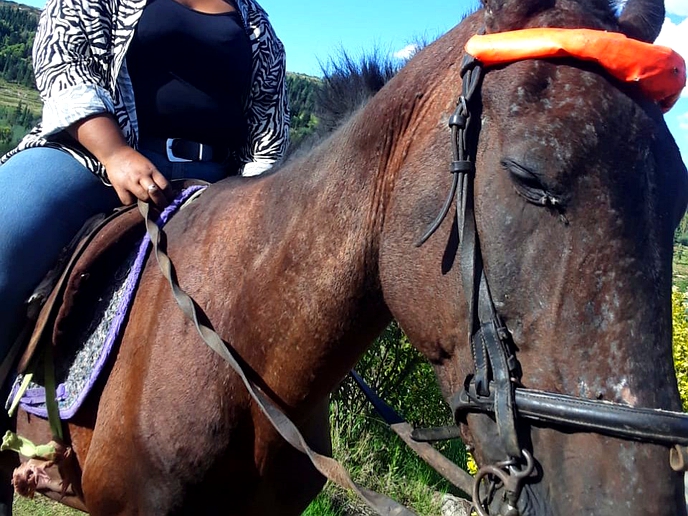IF you visit the Tšehlanyane National Park and do not see the three cascades (Matša-Mararo), you are missing out on the park's highlight and the stunning Lesotho highlands. The park is located 156 kilometres north of the capital Maseru.
travel
May 16, 2023
BY MAPAMELA KHANYELA
9 min read
The beauty of the Cascades of Tšehlanyane Park
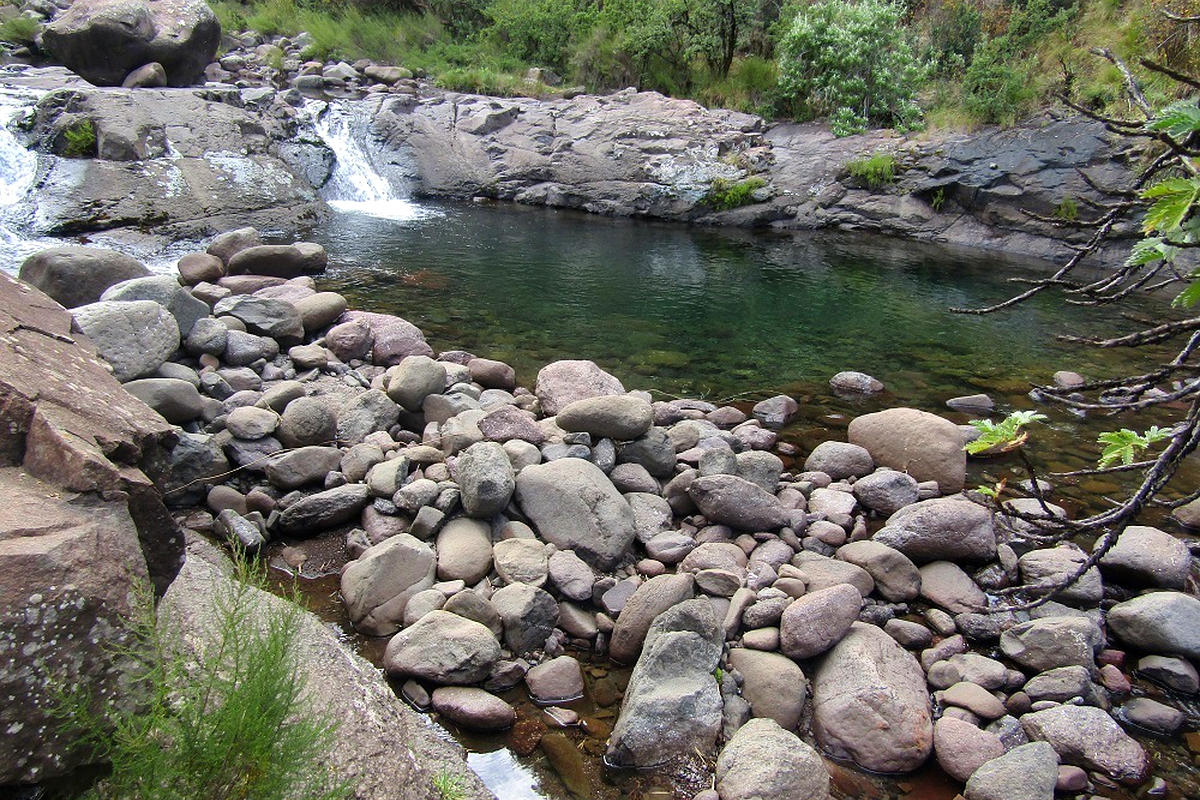
The Rock Pool with its clear water
Story highlights
I went to Tšehlanyane on Saturday, April 22, 2023. I was on my way from Hlotse, Leribe. The 32-kilometre route from the Main North 1 junction to Tšehlanyane has many speed humps and warning signs to drive at the slowest possible speed due to animals.
Some crops, such as sorghum and maize, were already dry along the road, indicating that they would be harvested soon. Donkeys and horses were used as modes of transportation and to ferry water from distant sources.
The park's gates opened at 9am but I arrived earlier to meet the park's acting manager, Mr. Teboho Selikane.
Mr. Selikane and the park's guards were both friendly to me. He said Tšehlanyane's winter will last five months, beginning in April.
Like the majority of the tourists, I was greeted at the reception desk and given information about the park. There was a map that showed the region and points of interest, the decorative plant species, the animals protected within the park, the park's six rivers, and the 23-kilometre walk to the Bokong Nature Reserve.
Mr. Selikane noted that the park, which is estimated to be 5 600 hectares in size, was too large for a one-day trip. As a result, he suggested the three cascades, and the journey there would take us through some wonderful scenery. He gave me valuable knowledge.
“Tšehlanyane is one of Lesotho's three northern parks, along with Bokong and Liphofung; it is the source of the Hlotse River. The park, which is named after the river and reeds of this location, opened in May 2002.
“We have wild life including elands, mountain reedbucks, cerval cats, porcupines, and snakes in the park. The Lesotho Highlands Development Authority (LHDA) established it as compensation for Basotho during the construction of the Katse Dam.
“Through the Community Conservation Forum, community members receive 10% of our annual collection as compensation,” he explained.
Our journey began in the wilderness camps. We strolled down the Liqaleng River, passing the Madiba Lodge.
“The government has subleased Madiba Lodge to operate in this area; the lodge attracts both local and international tourists,” said Selikane.
The walk to the three cascades was through a densely forested trail, with many lovely views: towering mountains, stomach bush, dogwood, wild garlic, quilted sage wood, rose hip, and the sound of water flowing over odd rock formations.
We passed a rock pool with clear water that was popular with tourists.
Mr. Selikane warned that tourists are advised to swim at their own risk, adding that drinking is strictly prohibited when swimming.
We passed across valleys with water pouring down to rivers.
Because our hike was hilly, we stopped halfway to take photos and gather strength. We passed through a black valley of pools, and the rocks were, of course, black, hence the name black pools.
We had travelled about 5 kilometres by the time we arrived at the Nkoja plateau, where we noticed the magnificence of the three cascades; truly, there were three cascades – (Matša-mararo).
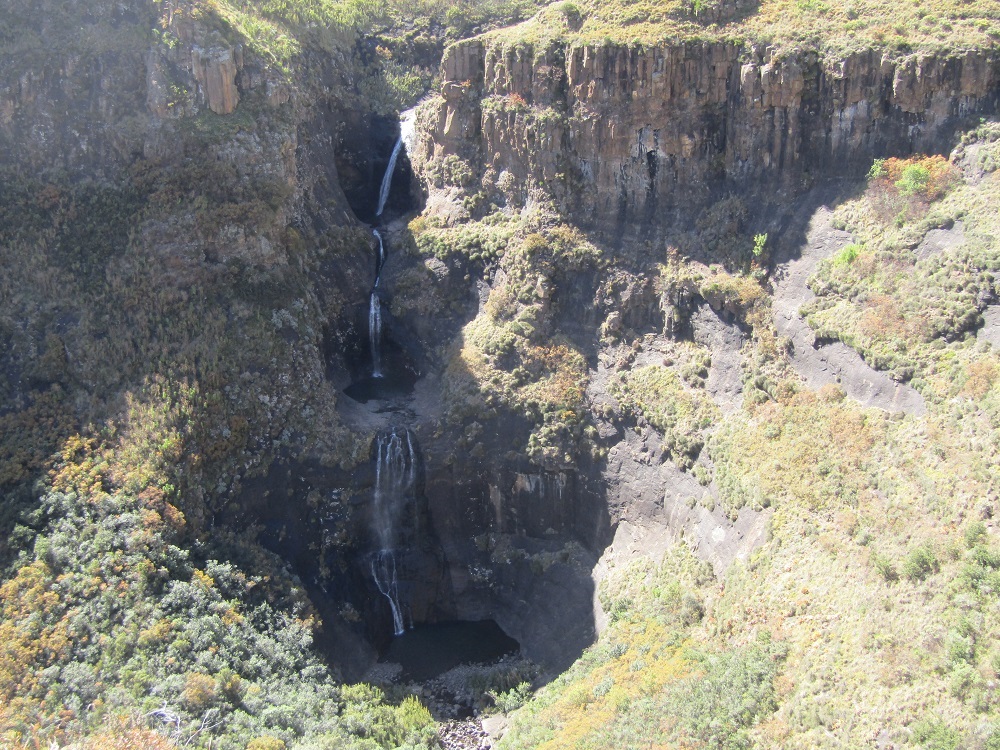
Three Cascades
Enjoy our daily newsletter from today
Access exclusive newsletters, along with previews of new media releases.
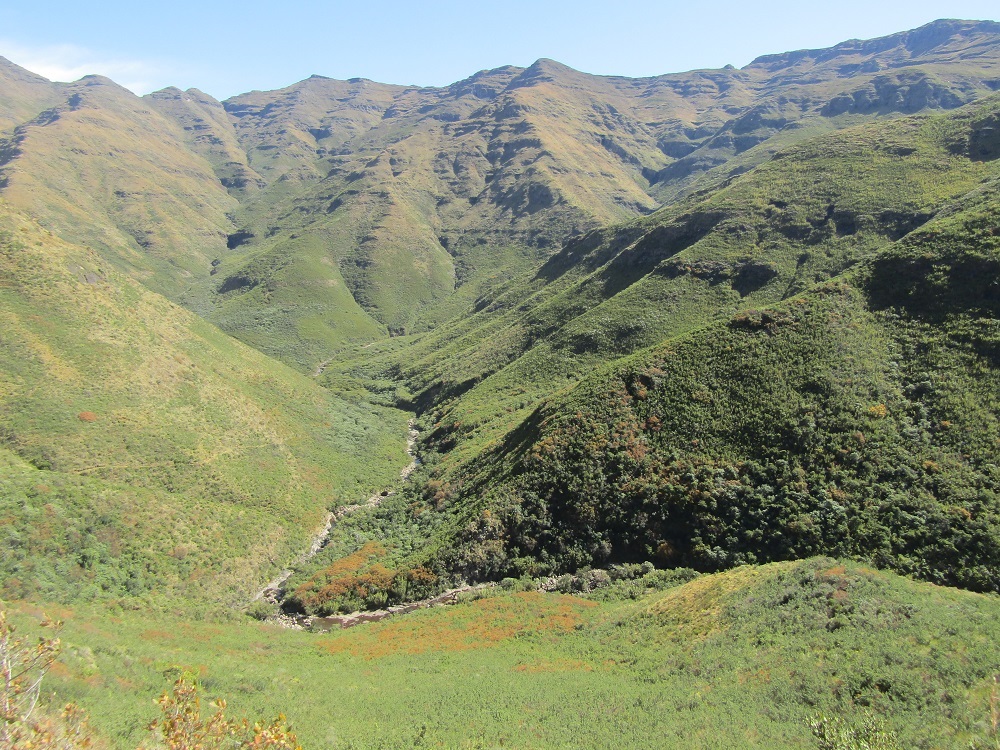
The Tšehlanyane River below the Khoho-Ha-e-Bole Plateau
There was a breath of pure mountain air. There were three pools with water flowing from the top. We could see the vapour as the water moved from one pool to the next.
We could hear water hitting the rocks, and the water appeared to be quite clean. Swimming seemed impossible in the first and second cascades, but the third waterfall appeared to be easier to reach and was the largest of the three.
From there, we could see classic plateaus clothed in various green flora across the river, as well as the legendary Khoho ha e Bole, Shea, and Fika le Mohala Plateaus below the river. These plateaus, according to Mr. Selikane, were among the coolest in the park.
“These cascades are visited by different people for various purposes; we sometimes have traditional doctors who come here for their numerous tasks; some local and international tourists come here because the place has been recommended to them,” he explained, adding that the three cascades never run dry.
Nature enthusiasts receive their money's worth in Tšehlanyane, where the entrance fee is merely M30. Visitors who intend to stay longer in the park must make prior preparations and be prepared to self-catering or opt for the five-star Madiba lodge with prior arrangements.


